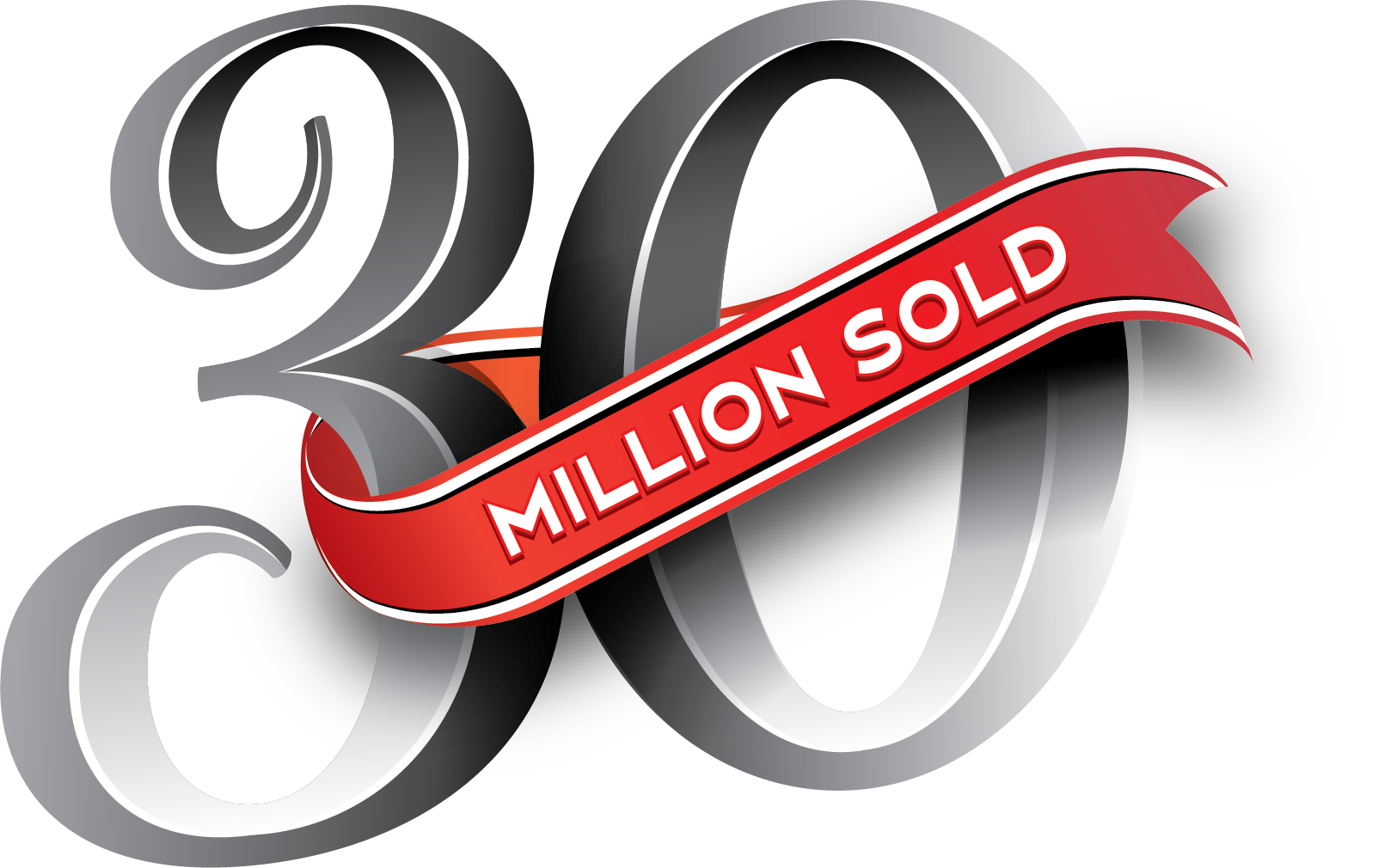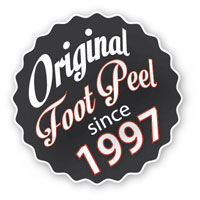Feet are as different as the people they’re attached to, but there are some similarities when it comes to general foot shape and arch type. So where do you fall on the spectrum?
What is the foot shape you see when you look down at your bare feet? Are they wide or narrow? Are your toes spaced out or sandwiched together? Do any of your toes jut out past your big toe? Does your pinky look like a genetic afterthought? (Believe it or not, the littlest piggy does serve a purpose.)
Less visible from your bird’s-eye view are the arches on the underside of your feet. Is the inner curvature of your soles higher or do you have flat feet with little to no arch? Depending on which camp you’re in, you might need orthotics or cushioned shoes for arch support.
Since there’s no agreed-upon medical terminology, people looking to label their foot type use less-formal categories circulating on the internet. But what does it mean when your dad boldly claims he has Greek feet? Or your friend decries her peasant feet (yep, that’s a thing and apparently it’s good for your career)? Read on to learn more about different types of feet and how to tell what kind of feet you have.
The 7 Types of Feet
In a world dominated by personality tests, horoscopes and Buzzfeed quizzes, it’s not surprising we’ve attempted to link foot shape to our identity. But despite what you read online, the length of your toes has nothing to do with your character or ethnic heritage.
Podiatrists say toe length does, however, affect your gait and should be considered when buying shoes, especially if you have a Morton’s toe. That’s when your second toe is longer than your big toe. Only about 10% of the population has Morton’s toes, which can be painful without properly fitting footwear.
The length, shape of the foot, and alignment of your toes largely dictates what type of feet you have. A survey of more than 5,000 people found that most people’s foot type falls into one of seven categories: Egyptian, Greek, Roman, peasant, square, stretched or simian. The three most common types of feet were Egyptian, Roman and peasant.
Here’s a closer look at each of the foot type and theirs unique attributes:
- Egyptian feet – If your big toe is also your longest toe and your other toes slant downward at roughly 45 degrees, you have Egyptian feet. One of the most common foot types, Egyptian feet are often longer and narrower. Most shoes easily accommodate this foot shape due to the tidy angle of the toes.
- Greek feet – Another common foot type, the Greek foot is defined by a Morton’s toe that juts out past the big toe for a more pointed formation. Also known as a flame foot or fire foot, this foot shape was pervasive in ancient Greek paintings and sculptures. So why do people with Greek feet have a longer second toe? There’s a simple explanation. Their first metatarsal bone, which connects toes to the back of the foot, is shorter than their second.
- Roman feet – In the survey, the majority of respondents had Roman feet, which are sadly more prone to painful hammertoes. If you have Roman feet, your first three toes are similar in length and all of your toes curve slightly inward. Roman feet—like early Roman architecture—also tend to have high arches (more on that below).
- Peasant feet – Peasant feet are like Roman feet in that the three biggest toes are equally long—or short, as it were. Peasant feet often belong to people with all-around smaller feet. Structurally, peasant feet are flat, which can lead to bad posture and back pain. As if the name of this foot shape wasn’t bad enough!
- Square feet – In this case, square feet has less to do with usable space in a home or apartment and more to do with foot shape. Square feet are exactly as they sound. All five toes are about the same length, giving the foot a boxier appearance. Sometimes, peasant feet and square feet are used interchangeably, but there are subtle differences. Square feet often have a wide ball and narrow heel, which can lead to painful inflammation of the balls known as metatarsalgia.
- Stretched feet – Have you ever looked at your feet and thought your wide-set toes are missing webbing between them? If your toes are noticeably spaced out or fan-shaped, you have stretched or splayed feet. Widely spaced metatarsal bones are the culprit here, and they can make shoe shopping a real drag.
- Simian feet – Do your big toes always look like they’re veering toward your pinky toes? That’s a sign of simian feet, which resemble an ape’s digits. Bunions are the enemy of simian feet and are particularly problematic for those who wear narrow or pointy shoes. You’ve been warned, ballet dancers!
The 3 Types of Foot Arches
There’s more to the foot shape puzzle than how your toes are arranged. People also have different types of feet arches, which are the areas along the inner soles between the ball and heel. They can be virtually flat or surprisingly elevated.
Knowing your arch type is important when buying shoes because higher arches require more support. Luckily, figuring out what type of arches you have is easy. Just do a “wet test” by stepping in a shallow pan of water and then placing your foot on a dry sheet of paper. The footprint will reveal which of these three foot arches you have:
- Low foot arch/flat foot – If your wet footprint has almost no indentation, you have low arches or flat feet. As much as a quarter of the adult population has flat feet. People with low arches tend to pronate, or put more weight on the inner part of their feet when they walk—a habit that can be hard on knee joints.
- Normal foot arch – Footprints with about half of their width carved out indicate normal arches. This type of foot arch is the best at distributing your body weight and absorbing the shock from walking and other types of physical activity. Careful, though. Weight gain and other health conditions can cause your feet to flatten out as you age.
- High foot arch – Does your wet footprint look more like two different parts—the ball and heel—with almost nothing in the middle? Thank your genealogy, you have a high foot arch. To avoid complications like plantar fasciitis and strained muscles or joints, you’ll want to wear shoes with plenty of support or explore custom orthotics.
Here’s some good news, though. Our original exfoliating peel works on all types of feet. Regardless of your foot shape or arch type, Baby Foot’s one-hour treatment will leave your feet feeling baby soft. And it’s backed by a 100% satisfaction guarantee. Give your unique feet a treat. They deserve it!


